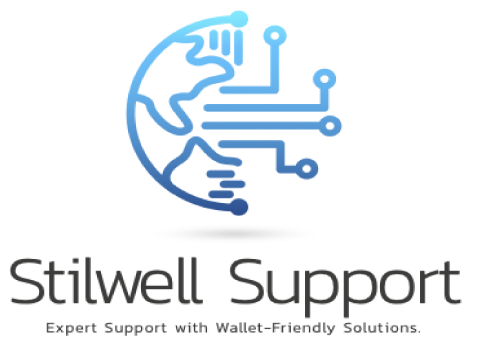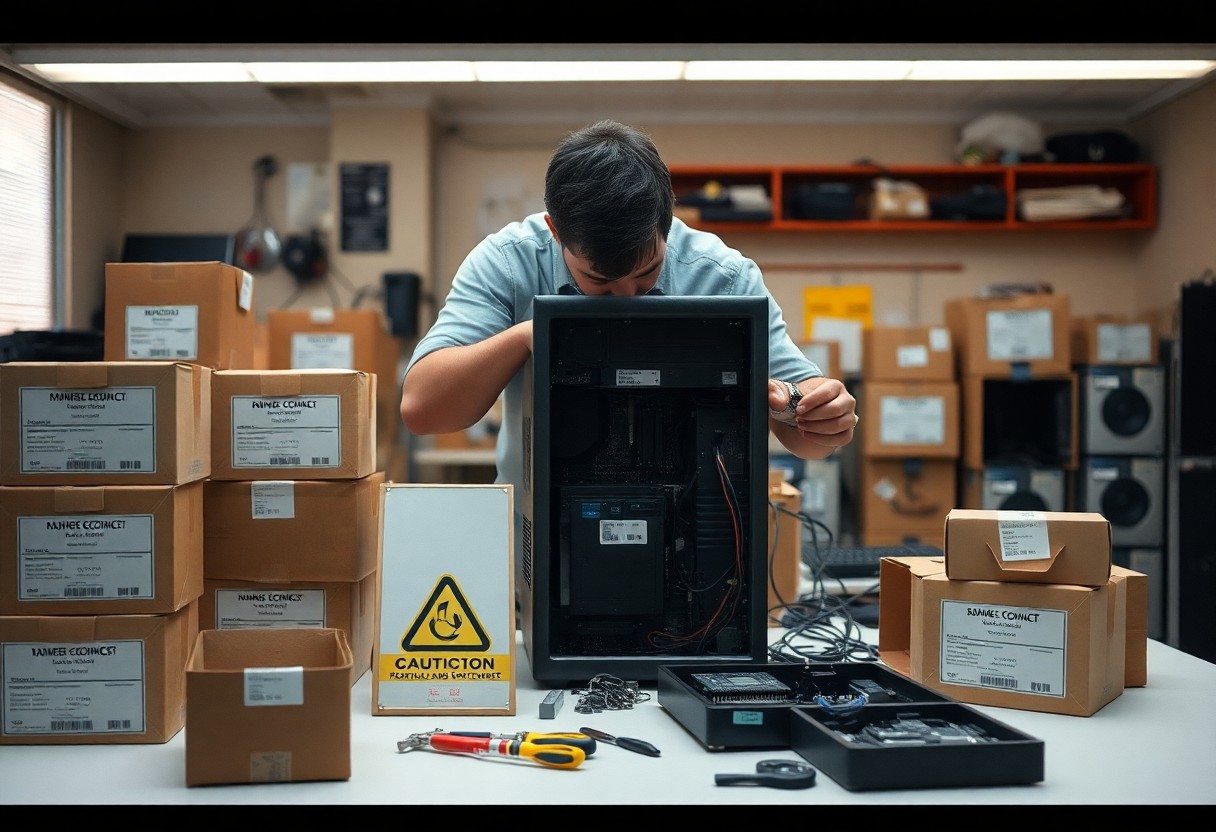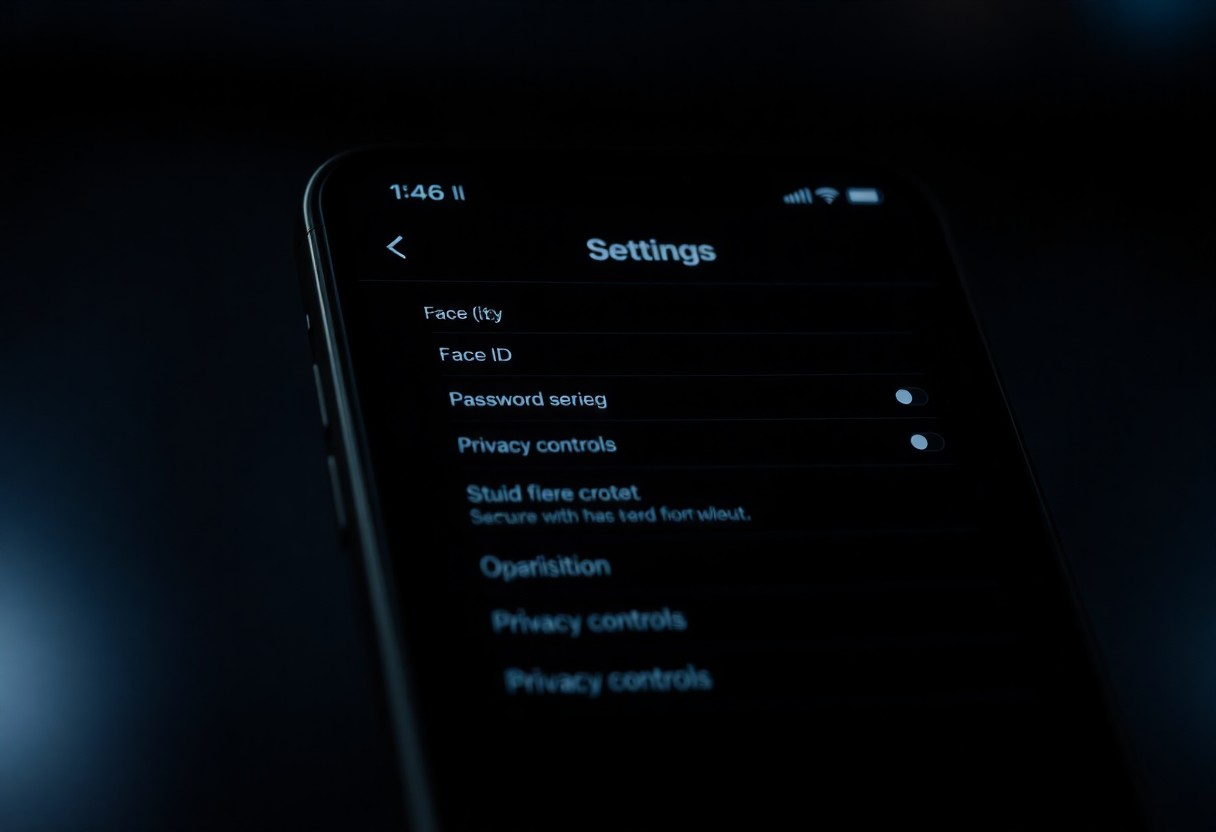It’s imperative to understand the steps involved in properly managing your retired school or office PCs. Before turning in any device, you must perform a thorough data wipe to ensure that confidential information does not fall into the wrong hands. By following the right procedures, you not only protect your sensitive data but also contribute to environmental sustainability through responsible device recycling. This guide will equip you with the necessary instructions to navigate the data wipe and device turn-in process effectively.
Key Takeaways:
- Perform a comprehensive data wipe to ensure sensitive information is removed before turning in devices.
- Follow your organization’s protocol for device disposal, including recycling or donating options.
- Document the process, including the serial numbers of devices and the method of data destruction, for compliance and record-keeping.
The Importance of Data Sanitization Before Disposal
Data sanitization protects sensitive information during the disposal of retired PCs. With rising cyber threats, organizations face heightened risks if data is not securely wiped before device turn-in. Not only does a thorough data sanitization process comply with regulations, but it also safeguards against identity theft and corporate espionage, ensuring your organization’s reputation remains intact. Every device, regardless of its condition, requires comprehensive data erasure to prevent unauthorized access to critical information.
Understanding the Risks of Data Breaches
Data breaches can expose personal and financial information, leading to severe consequences such as legal penalties and reputational damage. Cybercriminals often target discarded devices to retrieve sensitive data, making your organization vulnerable if proper precautions are not taken. For instance, a single unprotected hard drive can yield thousands of records, resulting in a compromised database or customer information leakage. Understanding these risks highlights the necessity of secure data management practices.
Methods for Effective Data Wiping
Effective data wiping involves utilizing various tools and techniques to overwrite existing data, ensuring complete elimination of traces. Solutions like the Department of Defense 5220.22-M standard outline procedures for multiple overwrite passes, while software such as DBAN or CCleaner automates the process, providing a verifiable wipe. Employing these methods ensures that sensitive information is irrecoverable, reducing the risk of data theft significantly.
Beyond basic wiping techniques, consider employing hardware destruction methods for high-security environments. Physical destruction, like shredding or degaussing hard drives, guarantees that data cannot be retrieved under any circumstance. In addition, always maintain documentation of your data sanitization processes and methods for compliance purposes. Combining software wiping with physical destruction offers a robust approach, drastically minimizing the likelihood of data breaches and ensuring peace of mind when disposing of retired devices.
Best Practices for Data Wiping Procedures
Establishing a solid data wiping procedure is vital for safeguarding your sensitive information. Prioritize using recognized methods that align with industry standards. Always keep a documented record of the wiping process to track compliance and ensure all data has been effectively erased. Conduct verification checks post-wipe to confirm that no recoverable data remains. Regular training will reinforce these procedures across your organization, keeping your data secure throughout the device’s lifecycle.
Step-by-Step Guide to Securely Erasing Hardware
| Step | Description |
|---|---|
| 1 | Back up important data to a secure location. |
| 2 | Disable any encryption settings and remove user accounts. |
| 3 | Select a data wiping software or method that meets your security needs. |
| 4 | Run the data wipe according to the software instructions. |
| 5 | Verify the wipe was successful by checking for recoverable data. |
Tools and Software Recommendations for Data Wiping
Choosing the right tools for data wiping greatly impacts the effectiveness of your data sanitization process. Select software that adheres to recognized standards, such as DoD 5220.22-M or NIST SP 800-88, to ensure comprehensive eradication of data. Popular tools include DBAN (Darik’s Boot and Nuke) for hard drives, and specialized software like Eraser or CCleaner for targeted wipes. Invest in professional-grade solutions if handling highly sensitive data.
DBAN, for instance, provides a bootable image that can wipe multiple drives simultaneously, while Eraser facilitates scheduled data wipes on Windows systems. Many of these tools have user-friendly interfaces, making it easy to initiate data destruction without extensive technical knowledge. Additionally, consider hardware solutions, like degaussers for magnetic media, which can physically disrupt data storage mechanisms. Adopting these tools not only enhances your security posture but also provides peace of mind before the device turn-in or disposal process.
The Role of Compliance in Device Turn-In
Maintaining compliance during device turn-in ensures your organization meets legal standards and protects sensitive information. Failure to adhere to regulations can lead to severe financial penalties and damage to your reputation. By implementing standardized processes, you can navigate the compliance landscape effectively, thus mitigating risks associated with data breaches and unauthorized access.
Regulatory Requirements for Public and Private Sectors
Different regulatory frameworks govern data handling in public and private sectors, such as HIPAA, GDPR, and CCPA. Adhering to these laws not only safeguards personal information but also aligns with your organization’s ethical responsibilities. You must familiarize yourself with applicable regulations to avoid hefty fines and ensure that your data handling practices are transparent and responsible.
Documenting Compliance for Audit Trails
Documenting compliance creates a clear audit trail that validates your adherence to legal and company standards. This process involves maintaining records of data wiping procedures, device serial numbers, and certificates of destruction. Having robust documentation can help you respond quickly to audits and inquiries, ensuring your procedures are consistently followed.
Thorough documentation should include detailed logs of every device’s data sanitization process, along with any specific methods used for data wiping, such as DoD 5220.22-M or NIST SP 800-88 standards. Additionally, retaining certificates of destruction from third-party vendors who handle the turn-in can substantiate compliance claims. This proactive approach not only enhances accountability but also instills confidence that you value data security and regulatory adherence.
Eco-Friendly Disposal Options for Obsolete PCs
Choosing eco-friendly disposal options for obsolete PCs is vital in minimizing environmental impact. By selecting sustainable methods, you can help prevent e-waste from ending up in landfills, where toxic materials may leak into the ground and water supply. Consider programs that prioritize recycling precious metals and components while adhering to environmental regulations aimed at reducing carbon footprints and promoting resource conservation.
Exploring E-Waste Recycling Programs
Many communities offer e-waste recycling programs designed to safely collect and process retired electronics. Look for local events or permanent drop-off sites that accept your obsolete PCs. Often, these programs include partnerships with organizations aimed at refurbishing and redistributing functioning devices, giving them a second life while ensuring hazardous materials are disposed of properly.
Partnering with Certified E-Waste Recyclers
Aligning with certified e-waste recyclers ensures your retired PCs will be handled with utmost care and compliance with environmental laws. These professionals follow best practices, properly managing the disposal of harmful substances and recovering valuable materials. Certified recyclers often provide documentation certifying that your devices were recycled responsibly, which can be helpful for sustainability records.
By partnering with certified e-waste recyclers, you enhance your commitment to environmental responsibility. Many of these recyclers are recognized by organizations like the Responsible Recycling (R2) standard or the e-Stewards program, ensuring that electronics are processed ethically and safely. Engaging with reputable recyclers not only alleviates the potential environmental impact of your disposed PCs but also often leads to data protection through certified data destruction methods. This partnership supports a circular economy, where valuable materials are reclaimed for reuse in new products.
Selecting the Right Partners for Device Turn-In
Identifying the right partners for device turn-in is crucial in ensuring a seamless transition of retired PCs. Collaborating with reputable vendors can facilitate proper data destruction, ethical recycling, and compliance with regulations. Look for partners who prioritize transparency in their processes and have established certifications to validate their credentials.
Criteria for Choosing an IT Asset Disposition Provider
Choosing an IT asset disposition (ITAD) provider involves assessing their experience, certifications, and reputation in the industry. Look for R2 or e-Stewards certifications to ensure adherence to environmental and security best practices. Additionally, inquire about their data destruction methods and the reporting they provide post-disposition, as these aspects are critical for compliance.
Building a Sustainable Relationship with Vendors
Establishing a sustainable relationship with your vendors leads to better pricing, improved service, and increased reliability. Regular communication, feedback sharing, and collaborative problem-solving foster trust and accountability, allowing both parties to adapt to changing technology needs and market conditions over time.
To build a productive partnership with vendors, consider setting periodic review meetings to discuss service quality, emerging solutions, and any concerns. Regular updates and shared goals can align your interests, leading to mutually beneficial outcomes. Utilizing performance metrics to gauge vendor success will ensure they understand your expectations, enhancing the long-term relationship and providing opportunities for joint ventures in sustainability initiatives.
Final Words
Conclusively, as you prepare to retire school or office PCs, ensure you conduct a comprehensive data wipe to protect sensitive information. Utilize certified software for erasing data completely and verify the process is successful. Once data security is assured, you can turn in the devices to authorized recyclers or donation programs. This approach not only safeguards your organization’s information but also promotes responsible disposal and potential reuse of functional equipment, contributing positively to the environment and community.



